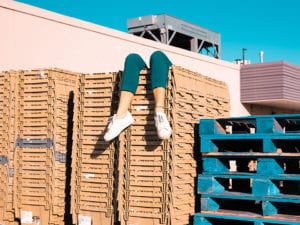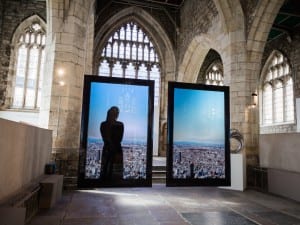The oldest-known living tree – a Great Basin bristlecone pine that is around 5,000 years old – can be found in the White Mountains of California. Its specific location is kept a secret by wardens, to prevent it from coming to harm. Whilst this example is particularly compelling, there is an inherent sense of mystery about all woodlands. They are often described as “dense”, “deep” or “dark.” Fairytales tend to centre around them: Hansel and Gretel, Red Riding Hood and Snow White are memorable examples. Most importantly, they are fundamental to life on earth: cleaning the air we breathe and providing habitat for countless species. Right now, however, they are under threat. Since 1990, the world has lost around a billion acres of forest. Here are five photographers – all featured in previous issues of Aesthetica – who put them front and centre.

Suzanne Moxhay’s (b. 1976) work developed out of an interest in the constructed domain of film, where natural and artificial elements merge to immerse the viewer in a fictional world. Drawing from an archive of collected material that ranges from mid-century books to contemporary, found photographs, she creates narrative photomontages reminiscent of empty sets, uniting the exterior and the interior. Referencing pictorial and filmic conventions, Moxhay reveals the inherently unsettling elements of this appropriated imagery. Spaces that initially appear real begin to break down. The viewer is involved in the construction of these images, which play with anomalies of texture, surface and depth; and scale, movement and architecture. A technique of physical and digital photomontage informed by the early film-making technique of matte painting reprocesses these staged scenes, taking them further from their original context into an uncanny realm. suzannemoxhay.com
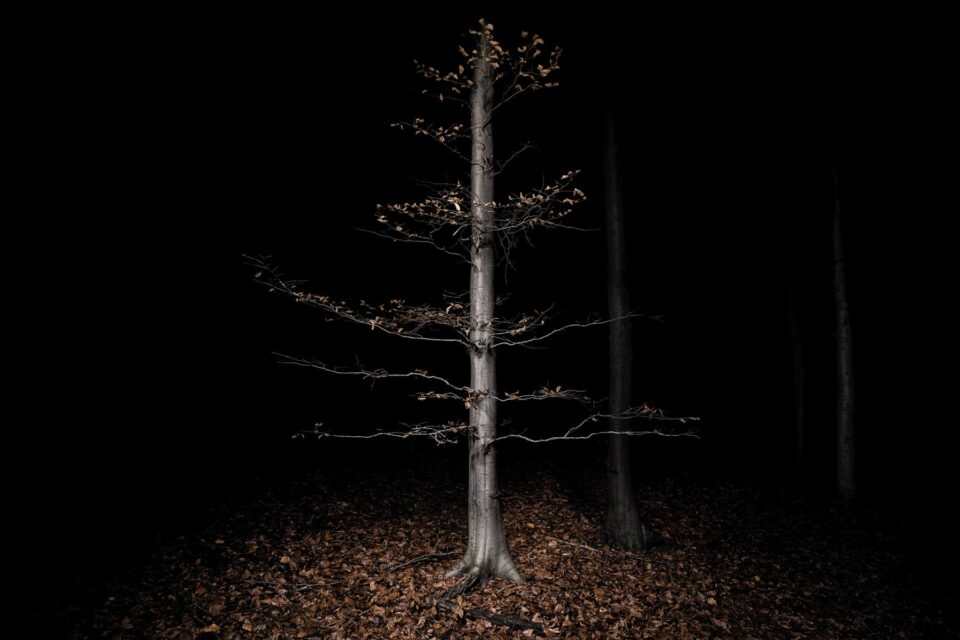
In 2014, Jasper Goodall (b. 1973) left a career in illustration to study Psychosynthesis: a field of existential psychology focused on exploring deeper centres of identity, with the goal of reaching true “self-realisation.” In this period of “creative dormancy” Goodall became interested in journeys – specifically those which focus on the world after dark. He notes: “I’m interested in ideas around being lost – themes of solitude, loneliness and retreat. In our frenetic world, the night forest seems to be the very opposite of our busy, media-filled days. It is a place in which, for a few short hours, no human voice can be heard. The environment is temporarily returned to the wild.” In these velvety images, taken from the Twilight’s Path series, Goodall creates an ode to the evening. Quietude is embraced, whilst twisting branches and fallen leaves become new forms of currency: gold, silver and bronze shine against the depths of black. jaspergoodall.com
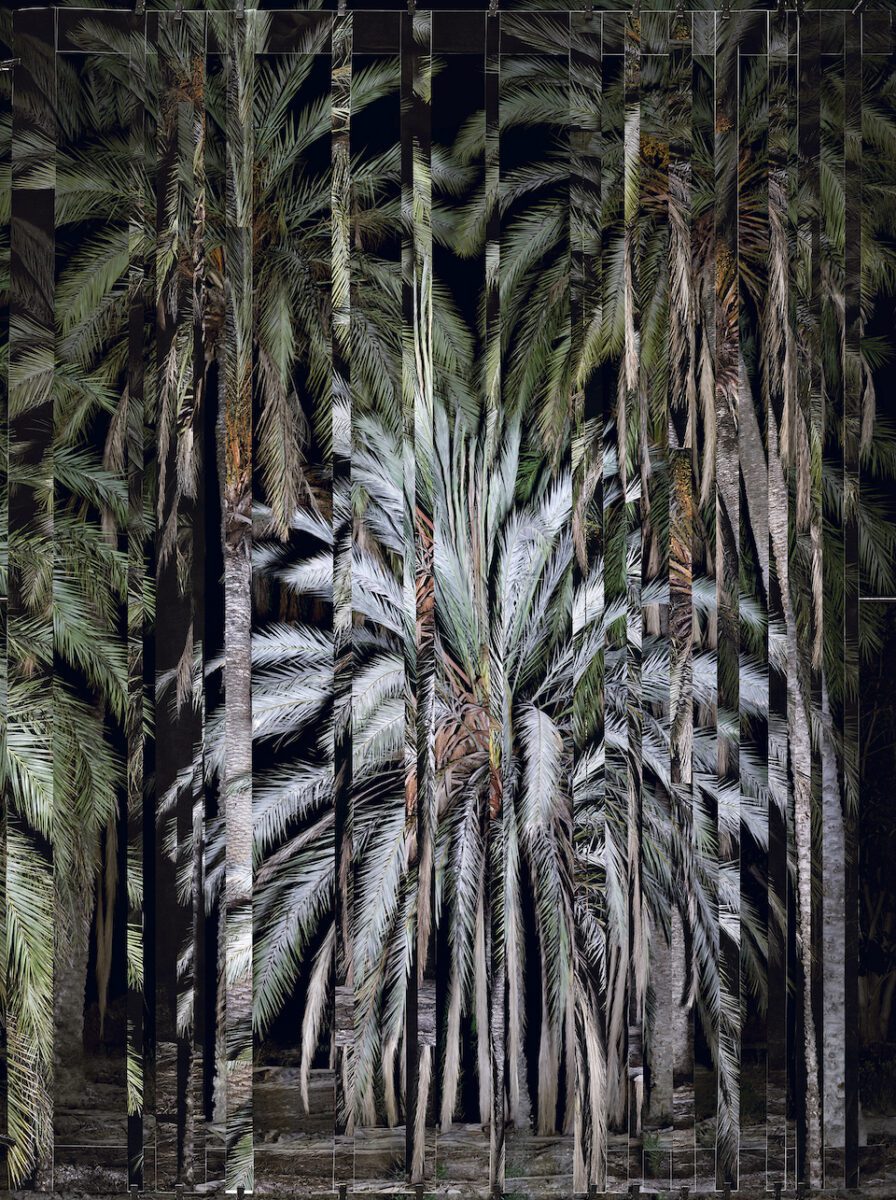
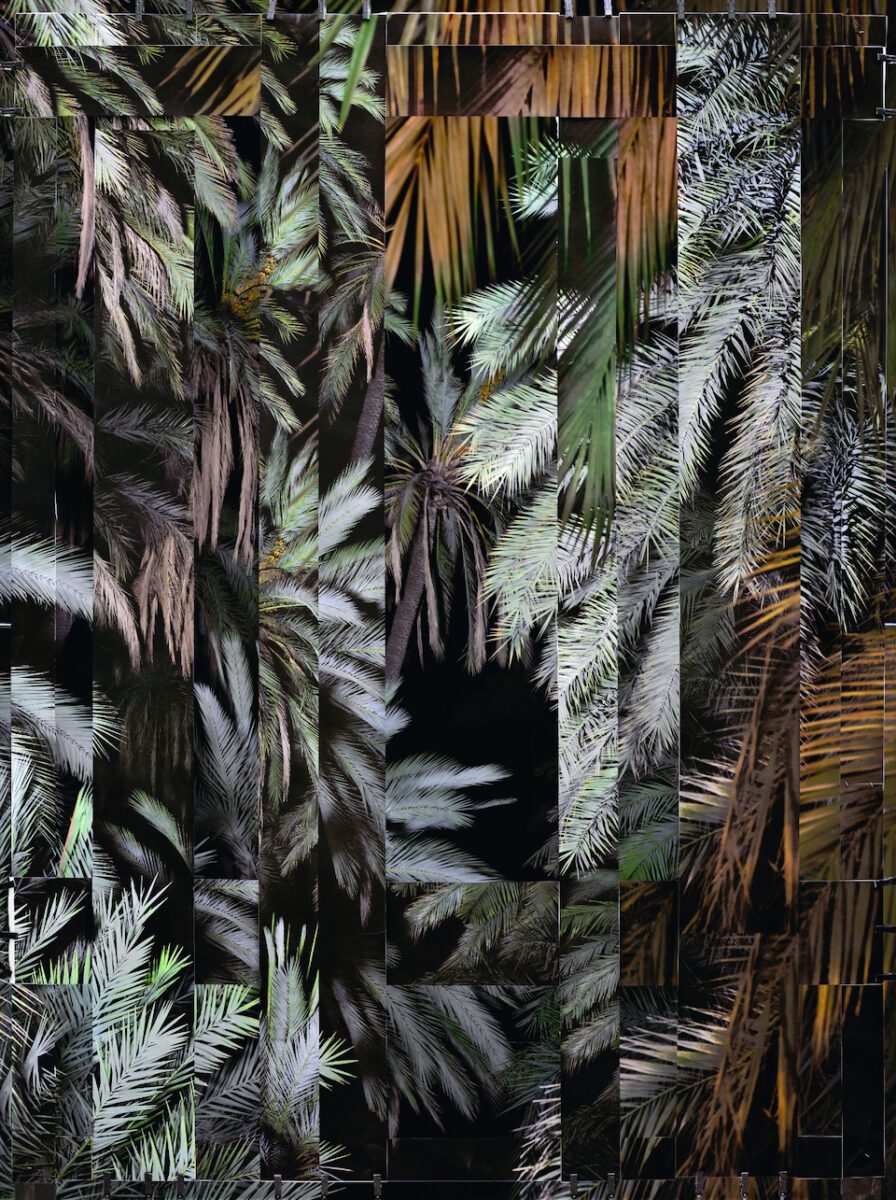
Palaeoclimatology is the study of ancient climates – those which existed before direct measurements of temperature, distance and time. Through this field, researchers look at tree rings, sediment, corals and ice cores, uncovering data which spans the Earth’s geologic ages. Certain substances can be sampled and analysed to reconstruct dramatic ecological changes and infer patterns from these. The goal: to better understand past, present and potential future environments. Noémie Goudal (b. 1984) is a French artist who lives and works in Paris. Goudal has been widely lauded for her investigations into the proposed Anthropocene, having been longlisted for the Aesthetica Art Prize in 2015 and added to the collections of Centre Pompidou, Paris; Foam Amsterdam; and Fotomuseum Winterthur. Her latest series, Post Atlantica, considers the larger narrative of Earth’s 4.543-billion-year lifespan. noemiegoudal.com
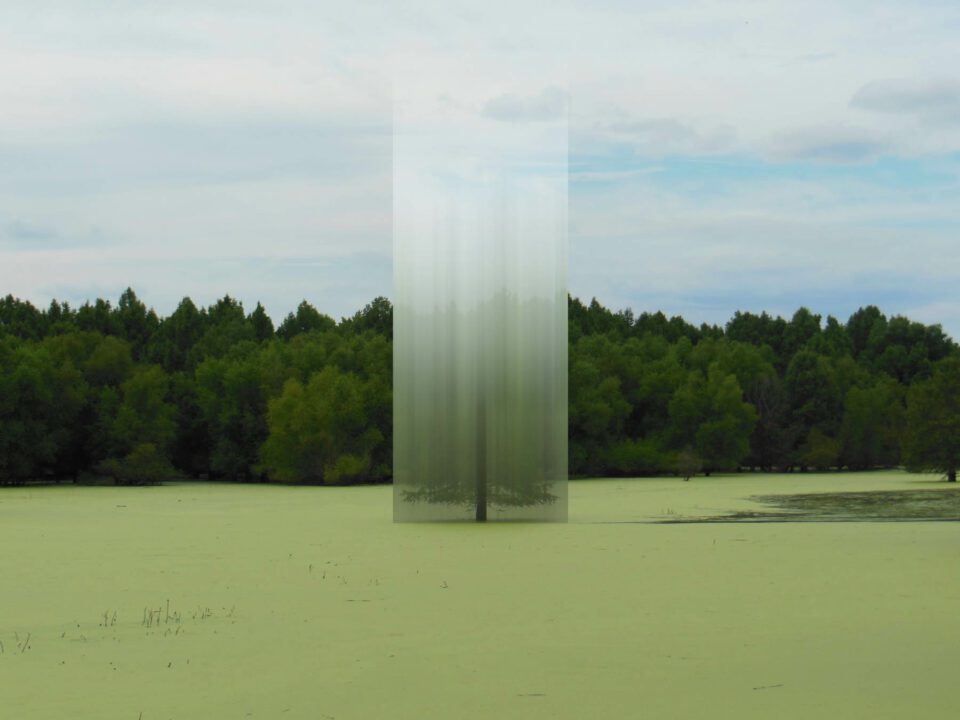
The invention of the analogue camera enabled humans to capture light, creating fixed moments in time. In the same ways our eyes process visual information and our brains interpret meaning, however, photographs have never provided an undisputed record of events. As Clément Chéroux, Chief Curator of Photography at MoMA, New York, notes: “Photography is not the objective recording apparatus that the proponents of historicism dreamed of. The photographer’s operation on reality is similar to that of the historian on the past in order to transform it into history.” (Since 1839: Eleven Essays on Photography, MIT Press, 2021). The rise of digital cameras has, in turn, meant that we no longer store photographs as pockets of light and darkness, but as strings of numbers, able to be edited instantly. Ellen Jantzen (b. 1946) draws attention to the editing processes that define much of today’s media – stretching, cutting and pasting samples from the organic world. ellenjantzen.com

In a desire to reconnect with nature, Ellie Davies (b. 1976) collages together photographs of rich forestry and the night sky. In Stars (2014-2015), she recontextualises images captured by the Hubble telescope by layering them over scenic landscapes. Ancient areas of trees are interspersed with images of the Milky Way, Omega Centauri, the Norma Cluster and embryonic stars. This mixture of dense greenery with sparkling lights creates a mystical aura, celebrating the captivating beauty inherent in the organic arena. The positioning of the stars in clearings draws the viewer into each image. Each work reflects a link between the woodland space and the intangible and unknown universe, which, in turn, encapsulates Davies’ s own feelings of detachment when in a natural setting. The artist is attracted by the wonder of the forest, but is alienated by its fundamental otherness, separating her from a truly immersive relationship with the natural world. elliedavies.co.uk




